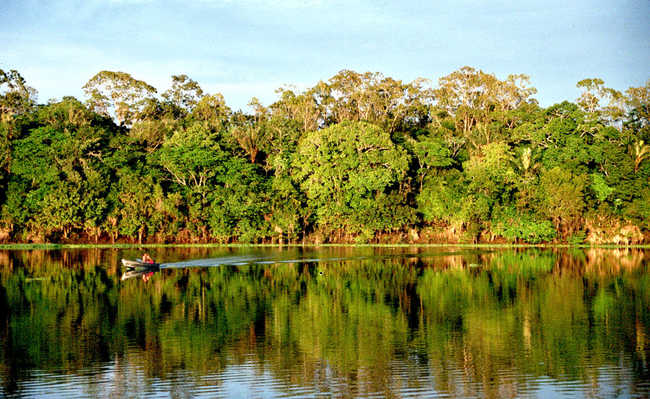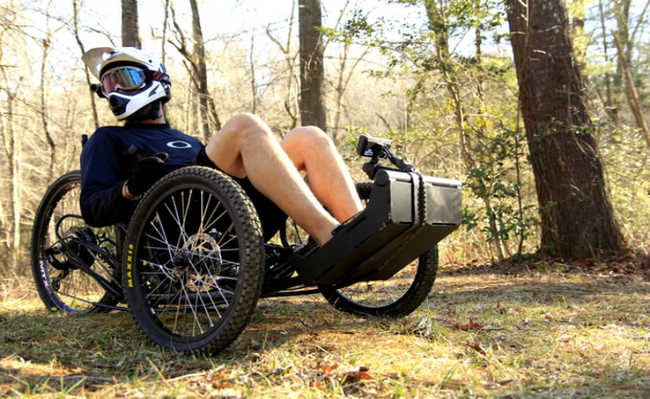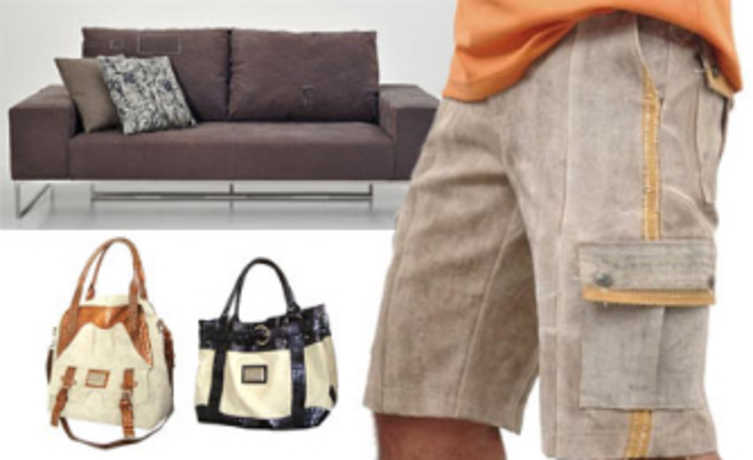What is bioconstruction?
Bioconstruction is a way of building that seeks to cause the least possible environmental impact. This is done both in the implementation and in the choice of materials used

John Salzarulo Unsplash Image
Bioconstruction can be defined as the “construction of sustainable environments through the use of low-impact materials, adaptation of the architecture to the local climate and waste treatment”, according to the Ministry of the Environment. An environment considered sustainable satisfies the present needs for housing, food and energy, guaranteeing the same sufficiency for the next generations.
A biobuilding is a closed system where there is no waste. Everything that is left over or that is discarded is re-implanted in the production process. An old wattle and daub house can be reused, for example. The clay from the walls can be used to make new adobe bricks. The straw on the roof, in turn, can be used to speed up composting processes to make compost.
Building a sustainable environment empowers communities as they become capable of meeting their own needs without depending on outsiders or groups. Mastering construction techniques and valuing traditional techniques are another step towards this autonomy.
Materials used in bioconstruction
Using materials for local use that saves the pollution generated in the transport of other items and benefits the economy is another attitude that is part of this system. Discover the most used materials in bioconstruction:
Earth
Land is an abundant material that exists in different places. In bioconstruction, it can be used in different ways, such as in mud and adobe walls. Raw earth buildings make up ventilated environments, as they control the entry and exit of heat and humidity. Furthermore, land has a low environmental impact.
Stone
There are many places with rock-rich soil. They can be used for various purposes, such as building walls, walls and ovens. In bioconstruction, stones are also widely used for the foundation of the house, serving to support it on the ground.
Straw
Straw is a very useful building material. It can be used to improve the strength of adobe bricks and cob walls. In addition, straw from the residue of rice plantations, for example, can be used to build walls.
wood
Wood is an abundant material in many places, but it must be used with great care. It can be considered a renewable resource if it is used in a conscious way, that is, if there is adequate exploitation of forests and forests. It is an organic material and, to be durable, it must be treated.
One must be very careful when buying wood, as there are many illegal loggers that exploit forests without respecting diversity, leading to extinction and destroying the natural habitat of other plants and animals. All wood extracted in national territory must have the Forest Origin Document (DOF). Issued by the Brazilian Institute for the Environment and Renewable Natural Resources (IBAMA), this certificate attests that the wood was legally extracted and indicates whether it is from reforestation or native forest.
Thus, you can make a sustainable choice when buying wood from reforestation instead of native forest. Bamboo is an ecological wood option that can replace wood in bio-construction.
Advantages of Bioconstruction
The main advantages of bioconstruction are:
- Reduction in the amount of waste generated;
- Reduction of energy consumption;
- Exchange of knowledge in the community;
- Preservation of the environment.
Stages of a bioconstruction project
Study and use of local materials
The first step in a bioconstruction project is to verify and understand what materials are available in the region and how they can be used. The climate, soil type and terrain location, among other factors, must also be taken into account. A bioconstruction project carried out in the southern region of Brazil must have different materials and techniques than a house built in the Northeast, for example.
Waste treatment
In a bioconstruction project, the residues can be reused to generate new resources for the residents, in a closed cycle. One of the examples of waste that can be reintroduced into the production process is dry toilets. In this process, the feces become fertilizer, which can feed a vegetable garden and generate food for the residents.
Thermal comfort and rain protection
Homes that use bio-construction are made of various permeable materials. Therefore, the professionals involved in the project must study the best type of roof to prevent the infiltration of rainwater. It is recommended to build houses with well-sloped roofs and large eaves to facilitate the drainage of water.
In regions with intense heat, a green roof can help to make the temperature inside the house milder. Creating openings that allow more air circulation is another option. In addition, trees and plants around the house also help in this regard, as they create a microclimate of humidity, leaving the air cooler.










